Oyster Mushroom: An In-depth Exploration
Oyster mushroom, like their namesake bivalves, oyster mushrooms are whitish in color and fan-shaped; they have a delicate aroma and flavor. Although they can be found in the wild growing on the sides of trees, the ones you’ll find in the store or on a menu are most likely cultivated mushrooms. They add heft to stews and are found in many East Asian dishes. Try them in pulled mushroom tacos and Instant Pot Japchae, or use them in a vegan riff on fish sauce.
Oyster mushrooms (genus Pleurotus) are among the most popular and versatile edible fungi. Known for their delicate flavor, health benefits, and ease of cultivation, they have garnered attention from culinary enthusiasts, nutritionists, and environmentalists alike. This article offers a comprehensive guide to oyster mushrooms, covering their biology, cultivation, nutritional value, health benefits, culinary uses, and environmental impact. Whether you’re looking to buy oyster mushroom in Australia, the UK, Europe, or the USA, or simply learn more about this fascinating fungi, you’ll find all the information you need here.
1. Introduction to Oyster Mushroom
Oyster mushroom belong to the Pleurotaceae family, which encompasses several species of edible mushrooms. They are widely distributed in temperate and tropical regions, and they derive their name from the characteristic shape of their caps, which resemble oysters.
1.1. Origins and Distribution
Oyster mushrooms are believed to have originated in Europe and North America, though they are now found globally. Their name comes from their oyster-like appearance and the fact that they often grow on decaying wood, much like oysters grow on rocks in the ocean.
If you’re interested in purchasing oyster mushrooms, you can buy oyster mushroom in Australia or other parts of the world, including buying oyster mushroom in the UK, buy oyster mushroom in Europe, or buy oyster mushroom in the USA from local or online retailers.
1.2. Species of Oyster Mushroom
The genus Pleurotus contains numerous species of oyster mushrooms, with some of the most commonly cultivated varieties being:
- Pleurotus ostreatus: The “common oyster mushroom,” featuring a grayish-white to tan cap.
- Pleurotus pulmonarius: Known as the “Indian oyster,” it typically has a lighter, more delicate texture.
- Pleurotus eryngii: Known as the “king oyster mushroom,” this species has a thick, meaty stem and is larger in size compared to other oyster mushrooms.
- Pleurotus citrinopileatus: Also called the “golden oyster,” this variety is notable for its vibrant yellow caps.
2. Biology and Growth
Understanding the biology of oyster mushrooms is crucial for anyone interested in cultivating them. These mushrooms are saprotrophic, meaning they feed on decaying organic material, primarily dead wood, leaves, or other plant matter.
2.1. Morphological Features
Oyster mushrooms have a distinctive appearance that helps differentiate them from other mushrooms. The caps are usually fan-shaped, with a smooth, slightly wavy edge. They can range in color from white to pink, yellow, or brown, depending on the species. The gills are white or cream-colored and run down the length of the stem.
2.2. Mycelium and Fruiting Bodies
Like all fungi, oyster mushrooms begin their lifecycle as mycelium—a network of thread-like structures that spread out and colonize organic matter. Once the mycelium has consumed enough nutrients, it forms fruiting bodies, which are the mushrooms we harvest and eat.
2.3. Ideal Growth Conditions
Oyster mushrooms thrive in relatively cool, humid environments. They prefer temperatures between 55-75°F (13-24°C) and high humidity levels, typically above 80%. They grow well on a variety of substrates, including hardwood sawdust, straw, coffee grounds, and even cardboard. Oyster mushrooms also require a light source to trigger fruiting, but they do not need direct sunlight.
3. Cultivation of Oyster Mushroom
Cultivating oyster mushrooms has become increasingly popular due to the simplicity and relatively low cost of the process. Whether you are a small-scale home grower or part of a commercial operation, you can grow oyster mushrooms in various settings. Additionally, these mushrooms adapt well to different environments.
3.1. Preparing the Substrate
The first step in cultivating oyster mushrooms is preparing the growing medium, or substrate. The substrate should be organic material that can support the growth of the mushroom mycelium. Common substrates include:
- Straw: A traditional and effective medium for growing oyster mushrooms.
- Hardwood Sawdust: This is one of the most commonly used substrates for oyster mushroom cultivation, providing a great environment for mycelial growth.
- Coffee Grounds: Used coffee grounds are rich in nutrients and can be an excellent substrate for oyster mushroom growth.
3.2. Inoculation with Spawn
Once the substrate is prepared, it needs to be inoculated with mushroom spawn. Mushroom spawn consists of mycelium that has been cultivated on a substrate, typically grain. The inoculation process involves mixing the spawn thoroughly with the prepared substrate, ensuring that the mycelium can easily spread and colonize the organic material.
3.3. Incubation
After inoculation, the substrate is placed in a controlled environment for incubation. During this phase, the mycelium will spread throughout the substrate. The incubation period typically lasts between two to four weeks, depending on the ambient temperature and humidity. The substrate should be kept in a dark, warm environment to facilitate mycelial growth.
3.4. Fruiting
Once the substrate has been fully colonized by the mycelium, it’s time to initiate fruiting. This requires changing the environmental conditions to favor mushroom growth. The temperature should be reduced slightly, and the humidity should be kept high. Light is also necessary to trigger the fruiting process. Mushrooms will begin to form within a few days, and harvest can occur after approximately 7-14 days.
4. Nutritional Value of Oyster Mushroom
Oyster mushrooms are not only delicious but also highly nutritious. They provide a variety of essential nutrients and are low in calories, making them an excellent choice for those seeking a healthy diet.
4.1. Macronutrients
Oyster mushrooms are a good source of plant-based protein. They contain about 2-3 grams of protein per 100 grams, which makes them an excellent addition to vegetarian and vegan diets. They are also low in fat, with only a small amount of unsaturated fats.
4.2. Micronutrients
Oyster mushrooms are rich in several important vitamins and minerals, including:
- B Vitamins: They contain significant amounts of B1 (thiamine), B2 (riboflavin), B3 (niacin), and B5 (pantothenic acid), which are essential for energy production and metabolic processes.
- Vitamin D: Oyster mushrooms are one of the few plant-based sources of vitamin D, which is vital for bone health and immune system function.
- Minerals: They are a good source of important minerals like potassium, iron, calcium, and magnesium.
4.3. Dietary Fiber
Oyster mushrooms contain a considerable amount of dietary fiber, which supports digestive health. Fiber can help regulate bowel movements and may contribute to lowering cholesterol levels.
5. Health Benefits of Oyster Mushroom
Beyond their nutritional content, oyster mushrooms have been linked to several potential health benefits. They contain bioactive compounds that may have medicinal properties.
5.1. Antioxidant Properties
Oyster mushrooms are rich in antioxidants, such as phenolic compounds, which help combat oxidative stress in the body. Antioxidants are essential in protecting cells from damage caused by free radicals, which can contribute to aging and various diseases.
5.2. Immune System Support
Studies suggest that oyster mushroom may help boost the immune system. The polysaccharides and beta-glucans in oyster mushrooms actively enhance the body’s natural defenses against infections. Additionally, they support immune function.
5.3. Cholesterol Reduction
Oyster mushroom contain compounds that have been shown to help reduce cholesterol levels, particularly LDL (bad cholesterol). This can reduce the risk of heart disease and stroke.
5.4. Anti-inflammatory Effects
Oyster mushrooms possess anti-inflammatory properties, which can help reduce inflammation in the body. Chronic inflammation is linked to many health issues, including arthritis, diabetes, and cardiovascular diseases.
6. Culinary Uses of Oyster Mushrooms
Oyster mushrooms are versatile in the kitchen. Their mild, slightly sweet flavor and tender texture make them an excellent addition to a variety of dishes.
6.1. Cooking Methods
Oyster mushroom can be prepared in numerous ways, including sautéing, grilling, roasting, and stir-frying. Their tender texture makes them perfect for dishes that require quick cooking. They can also be used in soups, sauces, salads, and even as a meat substitute in plant-based meals.
6.2. Pairings with Other Foods
Oyster mushroom pair well with many different ingredients, including garlic, onions, soy sauce, herbs, and vegetables like spinach and bell peppers. Meanwhile, their subtle flavor allows them to blend seamlessly into a variety of cuisines, from Western to Asian.
6.3. Preserving Oyster Mushroom
Fresh oyster mushrooms are best consumed shortly after harvesting due to their short shelf life. However, you can preserve them by drying or freezing. For example, dried mushrooms rehydrate well and can be used in soups or stews, while frozen mushrooms can be sautéed or added directly to dishes.
7. Environmental Impact of Oyster Mushroom
The cultivation of oyster mushrooms can have a positive environmental impact, particularly in terms of sustainability and waste reduction.
7.1. Recycling Agricultural Waste
Oyster mushroom thrive on a variety of agricultural byproducts, such as straw, sawdust, and even coffee grounds. Meanwhile, By utilizing these waste materials as substrates, oyster mushroom cultivation helps recycle organic waste, turning it into a valuable food source.
7.2. Low Environmental Footprint
Oyster mushroom farming has a relatively low environmental footprint compared to other forms of agriculture. It requires less water and land than traditional livestock farming. Additionally, it can be done in urban settings, reducing transportation and lowering the carbon footprint of food production.
If you’re looking to reduce your ecological footprint while enjoying delicious and nutritious food, oyster mushrooms are an excellent option.
Where to buy Oyster mushroom online.
- Buy Oyster mushroom in Germany
- Buy Oyster mushroom in Ireland
- Buy Oyster mushroom in Queensland
- Buy Oyster mushroom in South Australia
- Buy Oyster mushroom in Western Australia
- Buy Oyster mushroom in Canterbury
- Buy Oyster mushroom in Netherlands
- Buy Oyster mushroom in Norway
- Buy Oyster mushroom in Poland
- Buy Oyster mushroom in Spain
- Buy Oyster mushroom in Sweden
- Buy Oyster mushroom in Switzerland
- Buy Oyster mushroom in California
- Buy Oyster mushroom in Texas
- Buy Oyster mushroom in Florida
- Buy Oyster mushroom in New York
- Buy Oyster mushroom in Illinois
- Buy Oyster mushroom in Pennsylvania
- Buy Oyster mushroom in Ohio
- Buy Oyster mushroom in Georgia
- Buy Oyster mushroom in Michigan
- Buy Oyster mushroom in New South Wales
8. Conclusion
Additionally, Oyster mushrooms are a highly nutritious and versatile food source that offers a wide array of health benefits, culinary applications, and environmental advantages. Therefore, their ease of cultivation, combined with their delicious flavor and texture, make them an ideal choice for home growers and commercial producers alike. Whether you’re seeking to improve your diet or explore sustainable farming practices, oyster mushrooms provide an excellent option. Whether you want to buy oyster mushroom in Australia, buy oyster mushroom in the UK, buy oyster mushroom in Europe, or buy oyster mushroom in the USA, their availability in various markets makes it easy to enjoy their many benefits.
| Oyster Mushroom | 1kg, 3kg, 5kg |
|---|
Be the first to review “Oyster Mushroom” Cancel reply
Related products
Mushrooms
Mushrooms
Mushrooms
Mushrooms

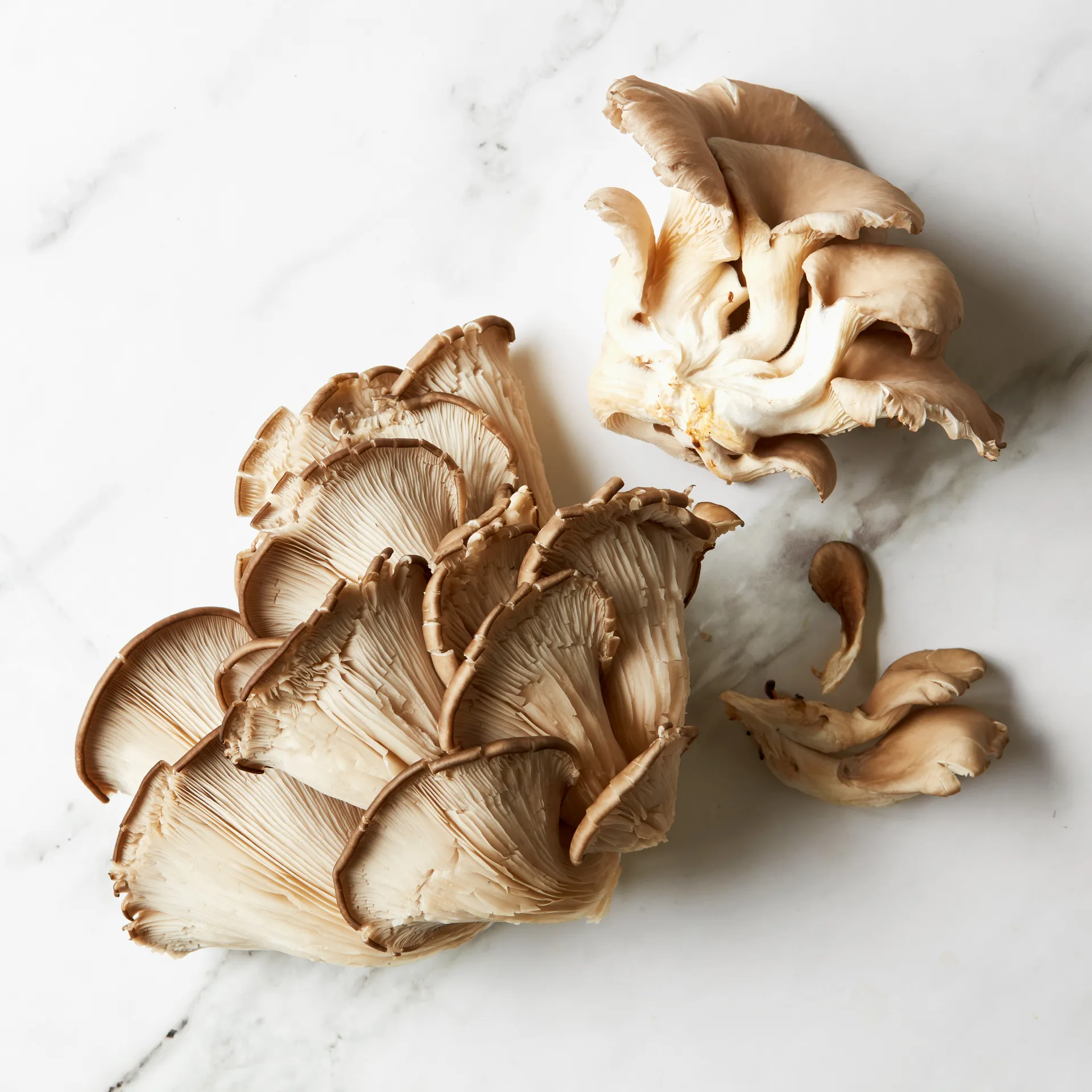
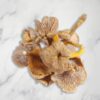
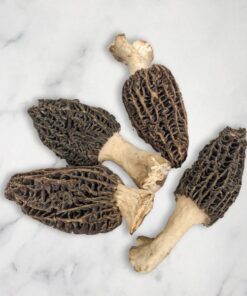
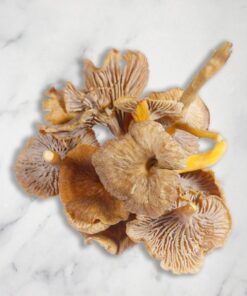
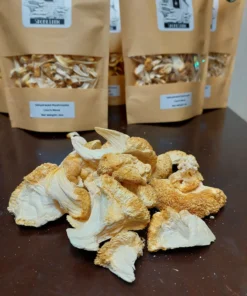
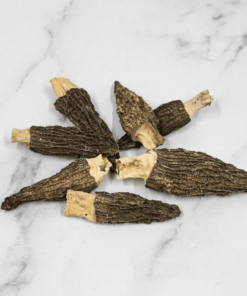
Reviews
There are no reviews yet.